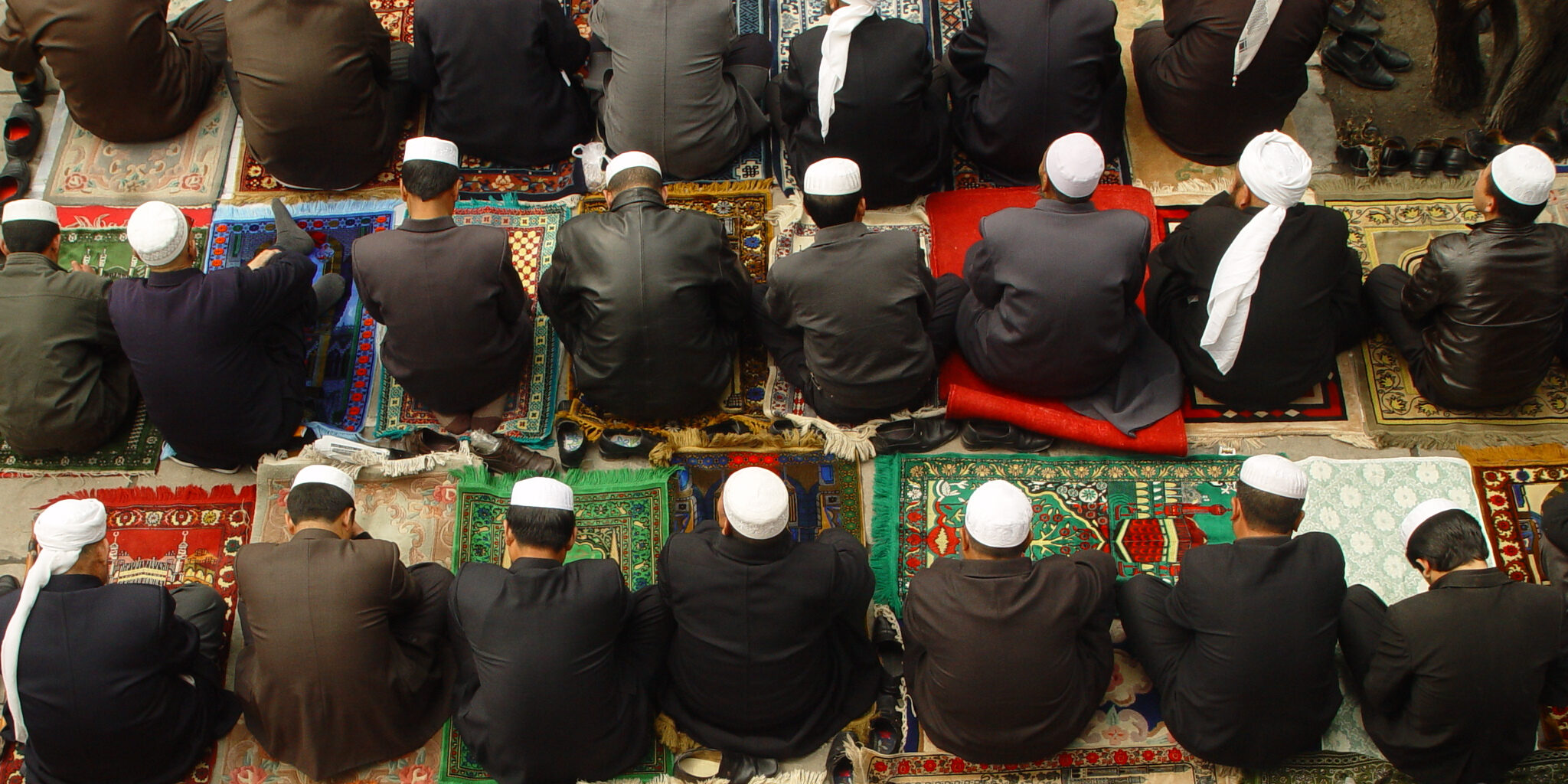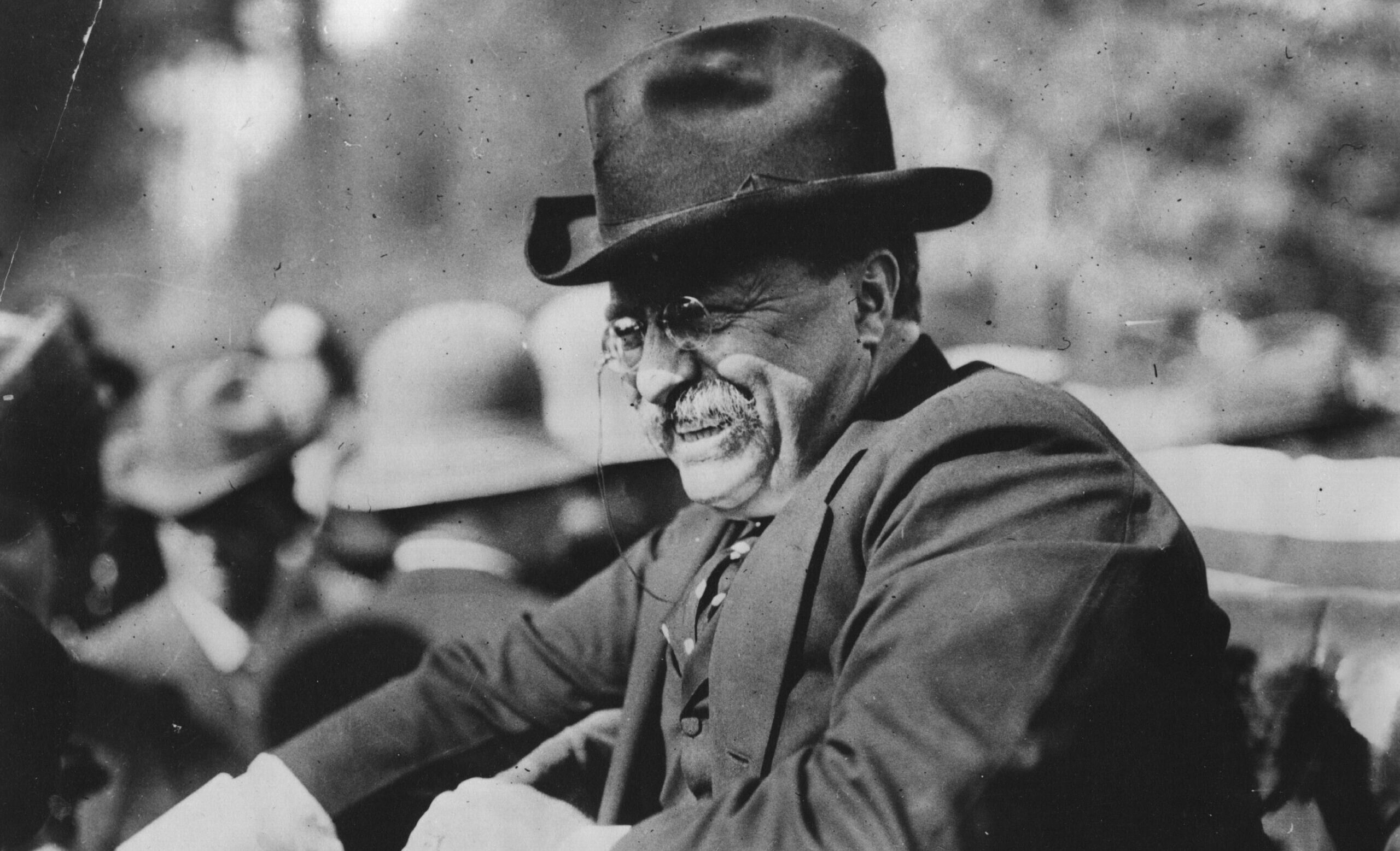The Religious Revolution: The Birth of Modern Spirituality, 1848-1898
By Dominic Green
Farrar, Straus and Giroux, 2022
The Religious Revolution is a superbly written account of a thrilling era in intellectual and cultural history. I will raise some challenges to the author’s model of a religious revolution, or more specifically of “The Religious Revolution,” but it is hard to imagine anyone so erudite that they would not learn immensely from this book.
The onslaught of modernity was at its most aggressive in the second half of the 19th century. Besides the obvious forces of urbanization and industrialization, this era was also marked by vastly accelerated means of transportation and communication; mass literacy and a revolution in printed media; breakneck globalization and imperial expansion; perilous new concepts of race and racial identity; and the medical revolutions that made obsolete earlier concepts of the cause and cure of disease. Those trends, obviously, were not evenly distributed around the globe, but few regions were wholly unaffected.
Green explores the spiritual consequences of those intertwined revolutions by focusing on some twenty key thinkers and activists, but in nothing like as crude a form as a combined series of biographies. He uses their careers and intellectual courses as a means of presenting the ideas and currents of the age, frequently cutting between apparently unrelated contexts and situations, in the manner of a very accomplished novelist or filmmaker. His set-piece scenes and confrontations are wonderful, and every chapter includes encounters that are shocking in the unexpected juxtapositions they suggest between seemingly unrelated worlds and cultural settings.
Among those intellectual stars are John Ruskin, Henry David Thoreau, Thomas Henry Huxley, Friedrich Nietzsche, and Theodor Herzl, so obviously this is a conventional Europe-centered intellectual history, all about dead white males to boot… well no, in fact, it is anything but that. Of course, Green discusses the ideas of such monumental figures, but fundamental to his argument is the interplay between the new forms of Western modernity and the religions of the East, especially those of India. As he shows, the East-West contacts of this era—largely driven by imperial expansion—saw the thoroughgoing reconstruction of the religions of Hinduism, Buddhism, and Islam, which struggled to rethink themselves in order to confront the Western Christian threat. One indispensable vehicle for this process of cross fertilization was the Theosophical movement founded by Helena Blavatsky and Colonel Henry Olcott, who together receive copious coverage throughout The Religious Revolution. Arguably they are the book’s heroes, and the Olcott material alone could easily have been spun off as a free-standing biography.
Green is absolutely right to give such prominence to the esoteric and occult, and especially as that manifested in Theosophy. Theosophy was crucial in importing to the West so many South Asian concepts such as reincarnation, karma, yoga, and bodhisattvas, and more important in mainstreaming them. Between about 1880 and 1930, Theosophical influence in every major European tradition can scarcely be overstated: it is omnipresent in Modernism in art, music, and literature. As Green says, these developments marked the beginning of most aspects of the New Age, although that phrase would not enter popular parlance until quite recent times.
At the same moment, Asian faiths were importing Euro-American ideas and practices. To take a minor example, when Hindus saw how Christian missionaries won such successes by distributing New Testaments, they realized the virtues of a single concise book that could encapsulate their own teachings. Hence the popularity of the Bhagavad Gita as a symbolic summary of cosmic Truth. The great Hindu reformer of this era was Swami Vivekananda, who appropriated what proved useful from the missionaries. He had many counterparts in other traditions, including in Buddhism, which learned from American Transcendentalism.
In 1893, the famous World Parliament of Religions met in Chicago, where Westerners were enchanted to encounter the authentic ancient voices of the great faiths of Asia. Vivekananda was the event’s superstar. Rarely did those Westerners realize that the forms in which they met those faiths were so very new, and so heavily influenced by Christian models. In an age when cultural appropriation is viewed as cardinal sin, it is healthy to be reminded that such acts of borrowing and outright theft are the essential means by which faiths, and cultures, develop and adapt to changing conditions. Small religions borrow; great religions steal.
Modern Islam too owes so much to new insights from this era, as Muslims struggled to understand why they had lost their once considerable edge over the ignorant and idolatrous Europeans. The most important thinker was Sayyid Jamal ad-Din, known from his origin as al-Afghani, who is the ultimate source of much modern Islamist thought and activism. From the 1860s through the 1890s, al-Afghani roamed freely across South Asia, the Middle East, North Africa, and even Europe. In American terms, he was a Johnny Appleseed, wandering the world sowing reformist ideas. He urged Muslims to unite and use the latest technology to resist the Europeans before they reduced the whole Middle East to the subservient condition of India. Curiously, he and his followers resembled their Western progressive counterparts in using freemasonry as a vehicle for spiritual reform, and al-Afghani headed Egypt’s Masonic lodges.
The influence of al-Afghani’s many disciples and pupils survives today: they adopted the title of Salafi, claiming that they were returning to the pure principles of the early faith, although not in a simplistic or mechanical way. If Thedor Herzl’s Zionism heralded bold new directions for Judaism in the coming century, al-Afghani’s Salafism was no less significant for Islam.
Incidentally, I was surprised not to see Green say much or indeed anything about freemasonry: the term is not included in the quite thorough index. Without freemasonry, it is impossible to understand the esoteric traditions that are so central to his theme.
In short, this era transformed all the world’s leading traditions and disseminated ideas about religion that to varying degrees penetrated all of them. How, then, could anyone doubt that this was a, or the, religious revolution?
Actually, an alternative view is possible. As an intellectual exercise, look at the past eight centuries or so, and choose any half-century period. Then describe the spiritual contortions of those selected decades as thoroughly and broadly as Dominic Green has done for the later 19th century, being sure to consider all the world’s great civilizations and faith traditions. For what comparable time period could we not posit a sweeping religious revolution, and one that is transnational rather than merely European or Euro-American?
The first half of the 16th century leaps out immediately to mind, as does the second half of the 18th, but really, what other eras were so staid and laggardly as not to claim such fundamental rethinkings of religious consciousness? In terms of their role in shaping the religious consciousness of later generations, can we legitimately say that the effervescent new insights of the 1880s, say, exercised greater influence than those of the 1520s or 1640s or 1690s? That statement is meant to be provocative rather than dogmatic, but the question is fair.
However admirably wide-ranging Green is, some of his book’s omissions are surprising. In terms of mainstreaming esoteric and metaphysical ideas, I would put far more stress than he does on the Christian Science tradition and its offshoots, from Phineas Quimby and Mary Baker Eddy through to New Thought, which enjoyed astonishing international influence at the turn of the 20th century. By that point, Mark Twain was projecting that by the year 2000, the world’s two dominant religious traditions would be Christian Science and the Roman Catholic Church.
That (totally wrong) prediction also raises the question of long-term perspective. Looking back at how the world has developed since Green’s terminal date of 1898, which religious traditions have grown and flourished, and which can legitimately claim to stand at the vanguard of “modern spirituality”? In raw quantitative terms, two winners emerge above all, namely Islam and also Christianity, or rather, Christianity as it has boomed outside its traditional Euro-American heartlands. In terms of Islam, Al-Afghani clearly has much with which to be satisfied. Christianity too can look back to the later 19th century as a critical era of planting and preparation for a new century, but in most cases, Green gives these elements short shrift.
While he mentions Christian missions, this is mainly in the context of the imperialist threats against which Vivekananda, Gandhi, and the rest were reacting. The book offers no sense of the African ventures that would produce the mass conversion of so much of that continent in the 20th century, which was arguably the world’s single greatest religious change in that era. Ten million African Christians in 1900, 360 million by 2000, half a billion by 2015, and… watch this space.
The particular types of Christianity that have boomed most spectacularly also demand notice. One is the Roman Catholic Church, which was a very different beast in 1898 from what it had been in the 1840s, and arguably had passed through a religious (and devotional) revolution of its own during that very time. The other is Pentecostalism, which was technically a new movement from 1906, but which had clear antecedents during the time of Green’s “religious revolution.” By some estimates, there are now over 600 million Pentecostal Christians, rather more than the total for all the world’s Buddhists combined. Is that not a very significant form of modern spirituality?
In no sense was The Religious Revolution intended to be a textbook religious history of the planet in that era, and any complaints that might arise about its coverage must be taken in that context. But perhaps rather more was going on among humble believers, rather than among the literate elites, than receives attention here.
In short, I could disagree with every other word Green has written (I don’t), but his book is still an incredible achievement.
Philip Jenkins is Distinguished Professor of History and co-director of the Program on Historical Studies of Religion at Baylor University.














